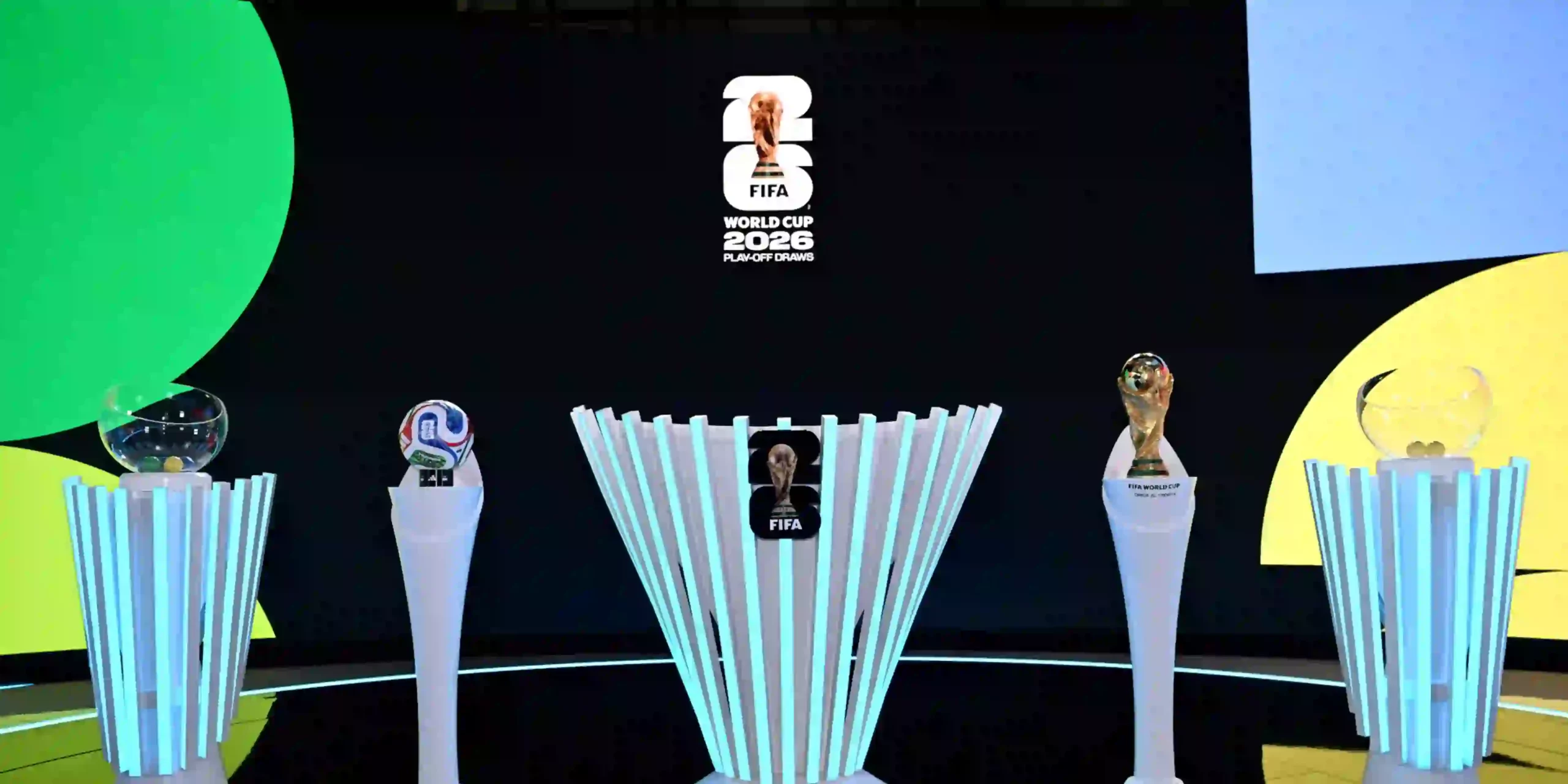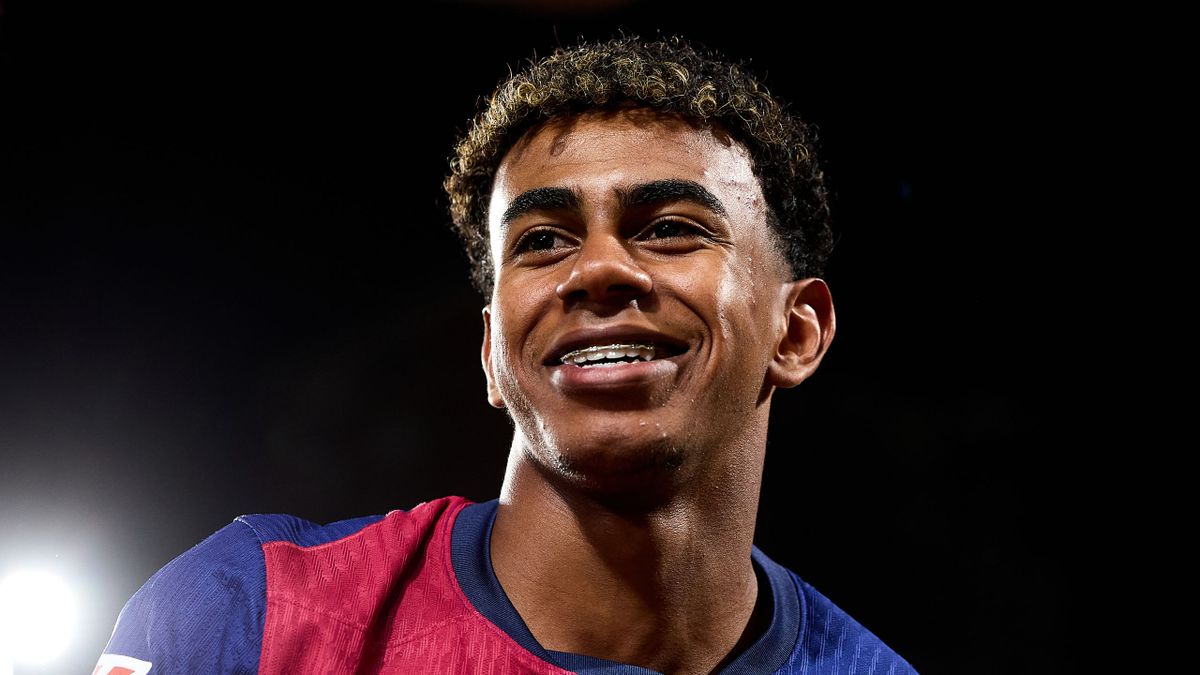

Key Takeaways:
- The official draw for the 2026 FIFA World Cup will be conducted on Friday, December 5, at Washington’s John F. Kennedy Center for the Performing Arts
- This edition will feature 48 teams, with group and pot allocations determined by the FIFA ranking published on Wednesday, November 19, 2025
- Hosts Canada, Mexico, and USA are set in Pot 1, while playoff winners will occupy places in Pot 4
Draw Structure and Group Formation
With just under 200 days until the inaugural 48-team FIFA World Cup commences, FIFA has confirmed the detailed process for forming twelve groups comprised of four teams each. The official draw, which includes both automatically qualified and yet-to-qualify teams, is scheduled for Friday, December 5, at the John F. Kennedy Center for the Performing Arts in Washington, D.C.
Mirroring the approach used for the FIFA Club World Cup, the 2026 tournament will be split into two paths to ensure top contenders—namely Spain and Argentina, the two highest-ranked teams—can only encounter one another in the final. This protocol will similarly apply to the third and fourth-ranked teams, France and England. The draw, a historic event due to the expanded format, will thus ensure key sides are separated until the closing stages.
Procedures for the Final Draw for the FIFA World Cup 2026™ revealed 💡
· On Friday, 5 December, participating teams will find out which pathway they must follow in their quest to lift the trophy in New York New Jersey on Sunday, 19 July 2026
· Procedures that will govern the… pic.twitter.com/5ExgVGs8GU— FIFA Media (@fifamedia) November 25, 2025
Pots Allocation and Seeding Criteria
According to the official procedures, hosts Canada, Mexico, and the USA are placed in Pot 1. The rest of the thirty-nine teams are distributed among four pots of twelve sides each, in line with the FIFA rankings to be released on Wednesday, November 19, 2025. Teams qualifying via playoffs will take their positions in Pot 4.
Draw guidelines specify that two teams from the same confederation cannot share a group, except in the case of Europe, for which up to two teams may be placed together in four of the twelve groups.
Pots for the 2026 FIFA World Cup
| Pot 1 | Pot 2 | Pot 3 | Pot 4 |
|---|---|---|---|
| Canada | Croatia | Norway | Jordan |
| Mexico | Morocco | Panama | Cape Verde |
| USA | Colombia | Egypt | Ghana |
| Spain | Uruguay | Algeria | Curaçao |
| Argentina | Switzerland | Scotland | Haiti |
| France | Japan | Paraguay | New Zealand |
| England | Senegal | Tunisia | Four from UEFA |
| Brazil | Iran | Côte d’Ivoire | Two from Intercontinental playoffs |
| Portugal | South Korea | Uzbekistan | |
| Netherlands | Ecuador | Qatar | |
| Belgium | Austria | Saudi Arabia | |
| Germany | Australia | South Africa |
Conclusion
The 2026 FIFA World Cup promises a new era for global football, unfolding with an unprecedented number of teams and meticulous protocols for fairness and competition. All eyes now turn to the Kennedy Center in Washington this December, where the world’s top footballing nations will learn their paths to glory.




